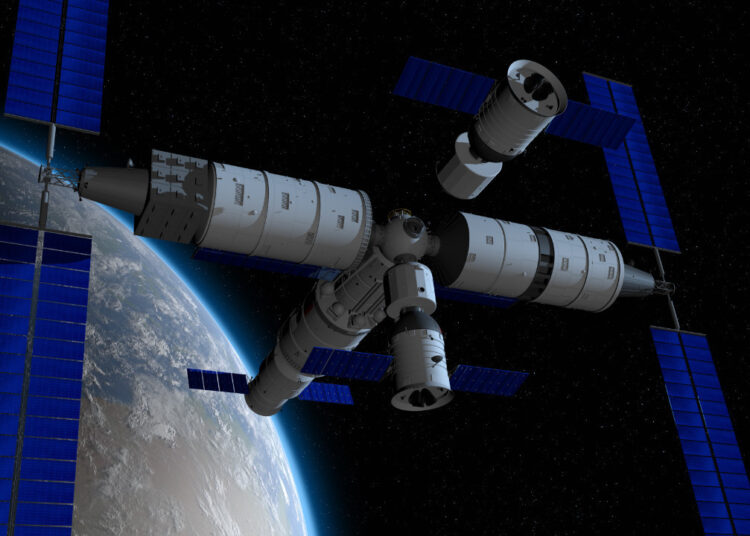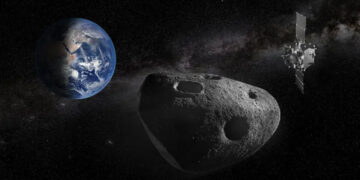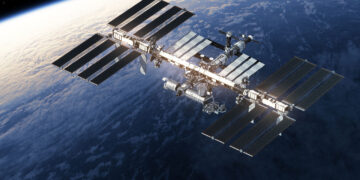Sounds echoing in the deep emptiness of space may initially seem to defy the laws of physics, but in reality, they are often the result of minor factors such as onboard dynamics or communication systems. During China’s first manned space mission, Shenzhou 5 in 2003, astronaut Yang Liwei described hearing a sound from the spacecraft’s exterior that resembled the contact between metal and wood percussion. This sound recurred intermittently throughout the mission but its source remained unexplained. Over time, it was observed that similar sounds were heard in other missions as well: such as during Shenzhou 6 in 2005 and Shenzhou 7 in 2008. However, in all three cases, the exact origin of the sound remained undetermined. Not only the Japanese… Such sounds evoke curiosity in people and create an extraordinary atmosphere during space missions.
The events are not exclusive to China. In 1969, during the Apollo 10 mission around the Moon’s far side, astronauts reported hearing a strange whistling sound inside the spacecraft, and recordings of this sound were monitored by the systems. Today, Butch Wilmore and Sunita Williams, trapped aboard Boeing’s Starliner spacecraft, have mentioned a pulsating sound emanating from the vehicle. Although some of these sources have since been elucidated, others still remain unresolved. It has been determined that the sound in Starliner is due to audio feedback between the spacecraft and the International Space Station, while the whistling in Apollo 10 was caused by radio interference between the lunar module and the command module. However, the mystery of the knocking sound heard during Shenzhou missions persists.
The fact that sound waves cannot propagate in the vacuum initially appears to be a bizarre physical contradiction, but the truth is that various factors in the silence of space can trigger these sounds. Some scientists suggest that these sounds could result from microscopic particles hitting the spacecraft, vibrations caused by surface temperature changes expanding and contracting metal, or the vibrations generated by airflow within the vehicle. Although these claims seem plausible, the repeated occurrence of similar sounds over time indicates that further investigation is needed for a definitive explanation. This phenomenon continues to exist as one of many mysteries of space that science has yet to fully unravel.
Perhaps one day, the source of these sounds will be fully uncovered. For now, these mysterious tones echoing in the silence of space remain as remnants that keep human curiosity alive and inspire scientific discoveries.









